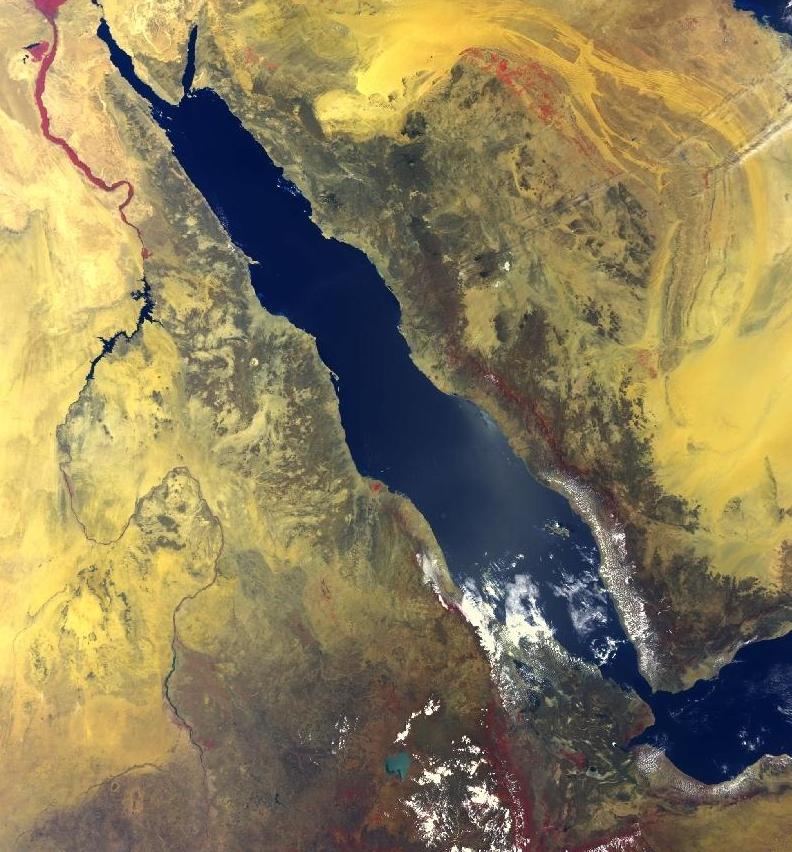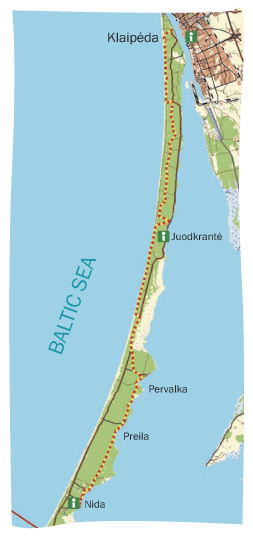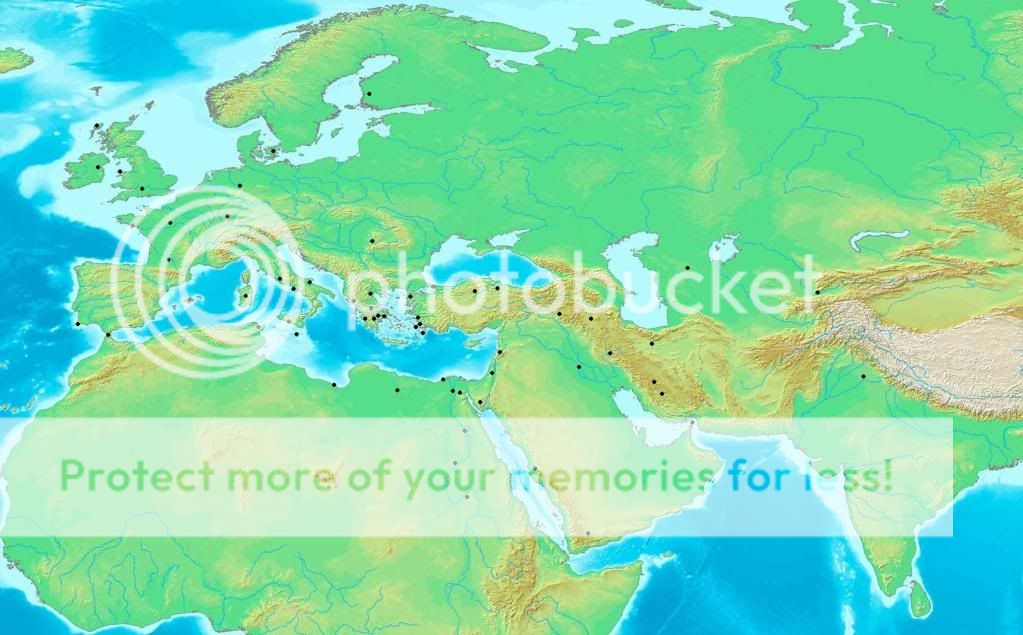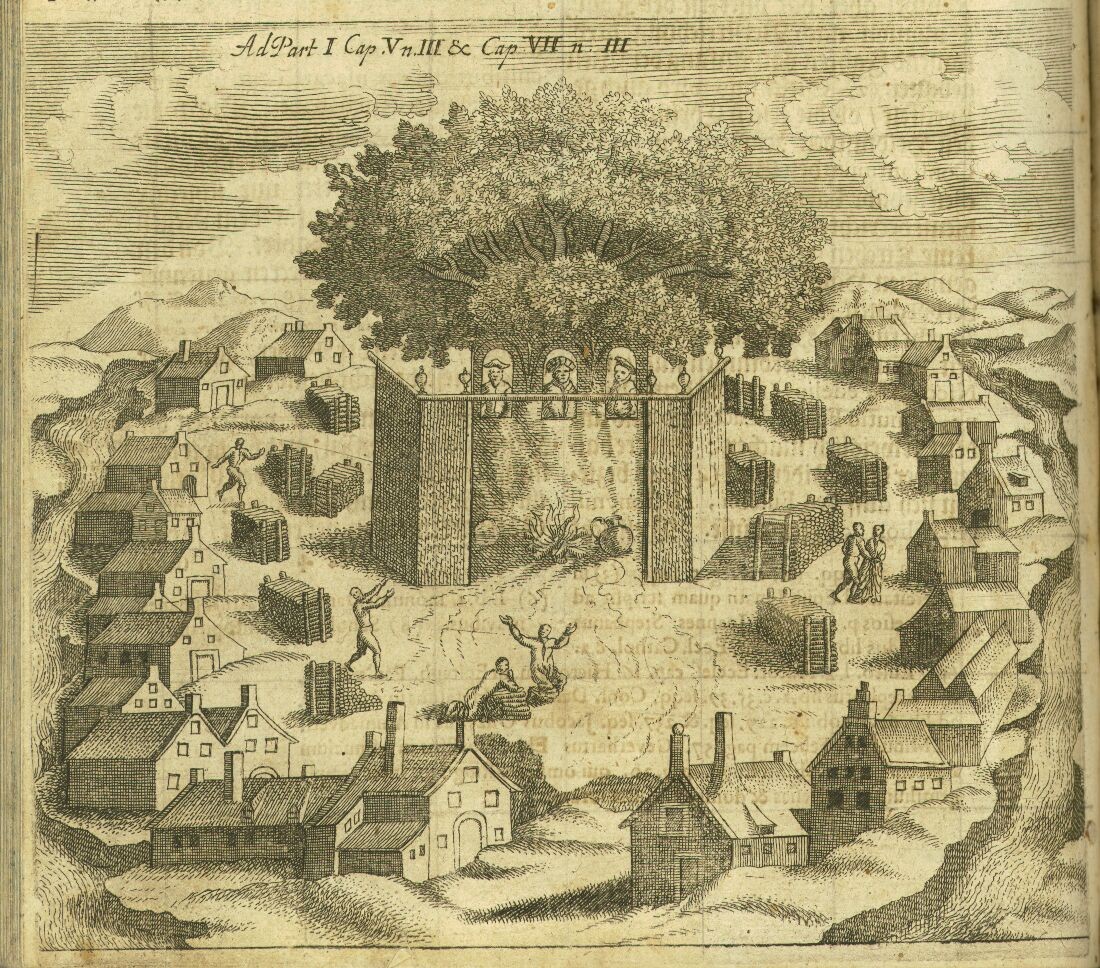An artificial dwelling hill (known as Terp, Wierde, Woerd, Warf, Warft, Werf, Wurt and Værft) is a mound, created to provide safe ground during high tide and river floods. These hills occur in the coastal parts of the Netherlands (in the provinces of Zeeland, Friesland and Groningen), in southern part of Denmark and in Germany where, before dikes were made, tides interfered with daily life. They also occur in the Rhine and Meuse river plains in the central part of the Netherlands.
In the Dutch province of Friesland, an artificial dwelling hill is called terp (plural terpen). Terp means "village" in Old Frisian and is cognate with English thorp, Danish torp, German Dorf and Dutch dorp. The better word for these mounds would therefore be wierde or Wurt, but terp has become the predominant term.
Historical Frisian settlements were built on artificial terpen up to 15 m height to be safe from the floods in periods of rising sea levels. The first terp-building period dates from 500 BC, the second from 200 BC to 50 BC. In the mid 3rd century, the rise of sea level was so dramatic that the clay district was deserted, and settlers returned only around AD 400. A third terp-building period dates from AD 700 (Old Frisian times). This ended with the coming of the dike somewhere around 1200. During the 18th and 19th centuries, many terps were destroyed to use the fertile soil they contained to fertilize farm fields. Terpen were usually well fertilized by the decay of the rubbish and personal waste deposited by their inhabitants during centuries.




















 Reply With Quote
Reply With Quote


























Bookmarks